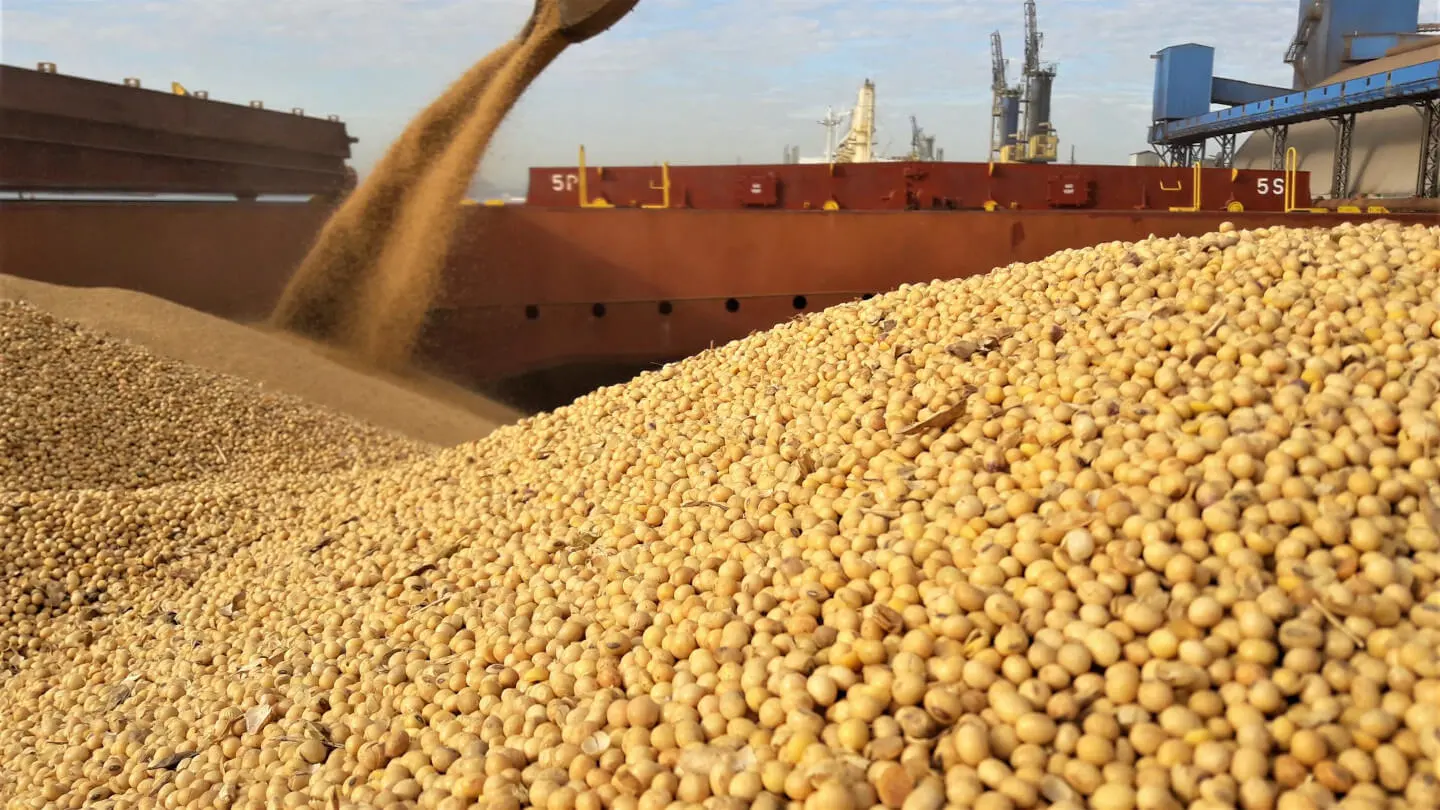
Global soya bean exports expected to grow 8% until 2025 : BIMCO
LONDON : “Global soya bean exports are forecast to grow by 8% between 2023 and 2025 based on data from the United States Department of Agriculture (USDA). Stronger import demand from China will be met by larger harvests in the US and Brazil and in the near term, soya beans are expected to be a key growth driver for global grain shipments,” says Filipe Gouveia, Shipping Analyst at BIMCO.
In 2023, soya bean exports rose 10.6% due to a record harvest in Brazil. However, so far in 2024 exports have stagnated as Brazil has offset a weaker harvest with inventories from the previous season. Despite this, the latter part of 2024 and all of 2025 look more promising. The USDA expects that the soya bean harvest in the US in September and the Brazilian harvest early next year will grow by 6.9% and 9.7% respectively.
On the import side, Chinese demand has strengthened since 2022 due to a rebound in pork production. China relies on soya bean imports to meet its demand for vegetable oil and animal feed. China is the world’s largest soya bean importer, accounting for 60.7% of the global trade.
“The growth in soya bean shipments will be a positive for the panamax segment as they transport 77.6% of these cargoes. However, demand growth may be limited by an expected recovery in transits through the Panama Canal during the second half of 2024, coinciding with the next harvest in the US. This would shorten sailing distances and therefore lower demand for ships,” says Gouveia.
The US is the second largest soya bean exporter and typically ships a large share of its crops from ports in the Gulf of Mexico to East Asia via the Panama Canal. Since the last harvest in September 2023, the number of transits through the canal has been limited due to low water levels. This led to large scale rerouting around the Cape of Good Hope, lengthening sailing distances by 10.1% y/y between the US and East Asia.
Meanwhile, significant risks to the outlook for soya bean shipments persist. On the supply side, adverse weather in Brazil or the US would curb yields and exports. On the demand side, the Chinese government is tackling overcapacity in pig farming which has driven down the price of pork.
“Moreover, the US has just implemented new tariffs on Chinese goods to which China could retaliate. In 2018 China responded to US tariffs by putting a 25% tariff on US soya beans, boosting shipments from Brazil with longer sailing distances and strengthening the dry bulk market. If China targets soya beans, it remains to be seen whether they respond with tariffs, boosting shipments, or focus on plans to reduce overall feed import dependency, which would negatively impact dry bulk shipping,” says Gouveia.

